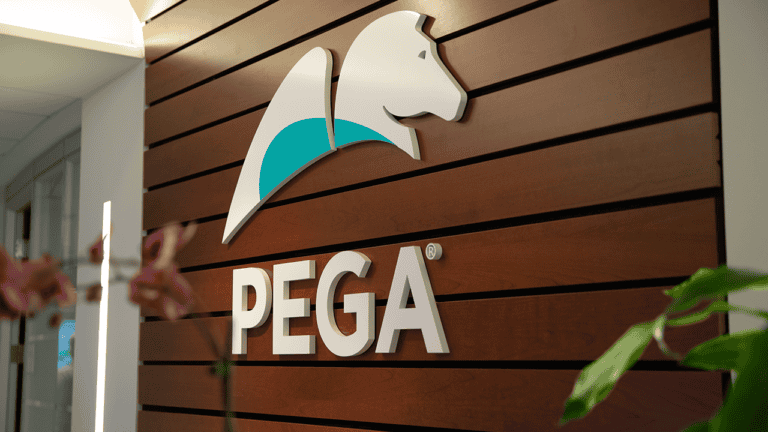Pegasystems and Amazon Web Services have announced a five-year strategic partnership to help companies modernize legacy systems. Using generative AI via Amazon Bedrock, they aim to accelerate the transition to cloud solutions.
Pega Blueprint can now process a wide range of documentation, videos, code, and code analyses to visualize modern versions of applications. Partners can integrate their IP and best practices into Blueprint to transform legacy applications.
Many companies are struggling with outdated systems and applications. A recent Pega survey found that 68 percent of IT decision-makers say legacy systems are preventing them from embracing innovative technologies such as AI and automation. This technical debt is becoming an increasing obstacle for organizations looking to modernize their systems.
The new collaboration between Pega and AWS aims to address this problem. Key components include AWS Transform and Pega Blueprint, which use agentic AI workflows to automate the entire modernization process. This enables companies to migrate to the cloud faster without disrupting critical business processes.
Amazon Bedrock as AI engine
Pega is integrating Amazon Bedrock as the primary generative AI foundation in both Pega Blueprint and the Pega Platform. This fully managed service gives customers access to large language models from companies such as Anthropic, Amazon, Cohere, and Meta. Amazon Bedrock’s enterprise-grade security controls and governance capabilities enable organizations to use generative AI throughout the entire app development lifecycle safely.
Pega will also use the AWS Marketplace as its preferred channel for Pega-as-a-Service transactions. This should further reduce the time between contract and innovation and give customers access to financial benefits within the AWS ecosystem.
The new tools and services are designed to help companies move faster from outdated on-premises systems to modern cloud solutions without disrupting business-critical functionality.
